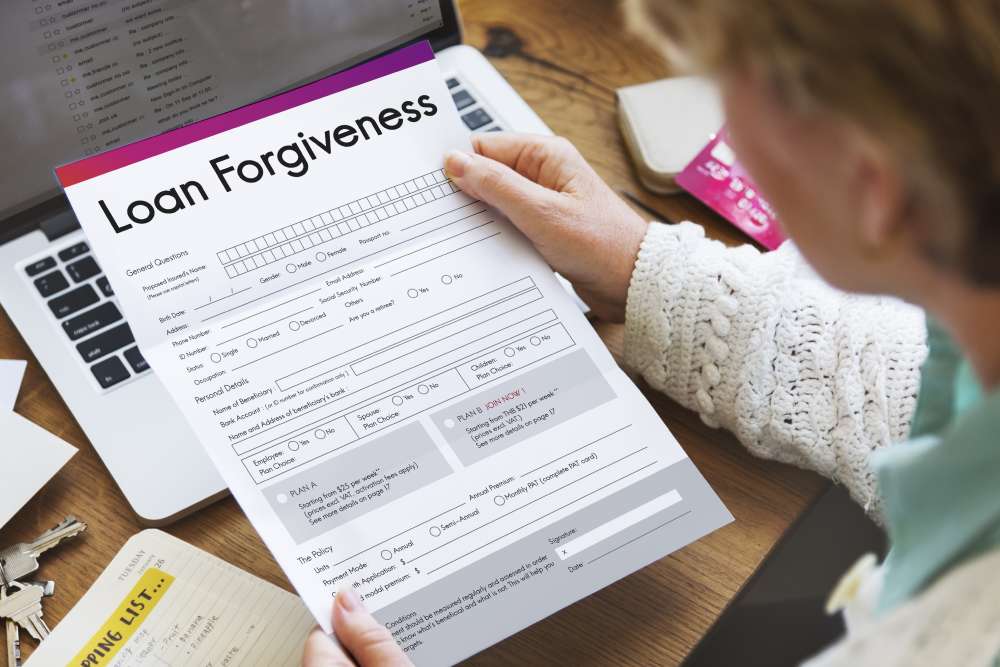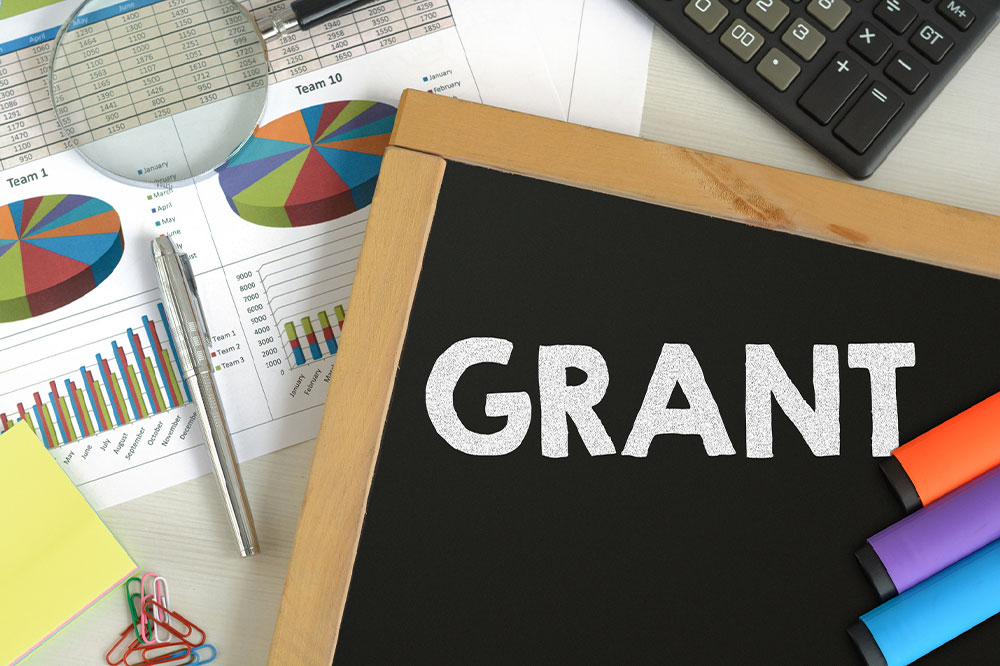Guide to Federal Student Loan Cancellation: Eligibility and How to Apply
Discover essential information about federal student loan forgiveness, including eligibility requirements, qualifying employment, necessary payments, and the application steps. This guide helps borrowers navigate the process effectively to achieve debt relief benefits through various forgiveness programs designed for public service workers, borrowers with disabilities, and more. Stay informed to ensure timely application and maintain eligibility for loan cancellation and forgiveness initiatives.
Sponsored

Loan cancellation programs offer borrowers relief by eliminating or reducing their debt obligations. These programs are often targeted at specific professions, loan types, and repayment strategies. Eligibility varies depending on the borrower’s career, repayment plan, and loan details. Each forgiveness initiative has distinct application steps, criteria, and processing times.
Who qualifies for loan cancellation
Qualification depends on multiple factors including employment history, loan classification, and repayment adherence. Most federal forgiveness options are available for loans issued directly from the government. Some loans may qualify under consolidation options.
Department of Education. Private loans generally do not qualify for federal forgiveness programs.
Repayment plans shaping eligibility
Income-driven repayment plans, which adjust monthly payments based on income and family size, improve chances for loan forgiveness. These plans help manage payments and build towards eventual cancellation eligibility.
Qualifying payments involve making a set number of full, on-time payments—often 120 for Public Service Loan Forgiveness (PSLF). Missing or late payments can delay or disqualify progress. Staying organized and diligent is crucial.
Employment requirements
Loan forgiveness programs typically require full-time employment with qualifying employers. Government agencies at various levels, as well as some non-profit organizations providing essential public services, are recognized as eligible employers. The focus is on employer type rather than job title.
Default status
Borrowers who have defaulted are generally ineligible until they rehabilitate or consolidate their loans. Default occurs after missing payments for over 270 days, affecting eligibility for forgiveness and other benefits. Rehabilitation involves making consistent payments over a period, such as nine payments in ten months. Loan consolidation can help restore eligibility.
Annual certification and documentation
Most forgiveness programs require annual updates, such as employment certification forms or income verification. For PSLF, completing and submitting the Employment Certification Form yearly, especially when changing jobs, is vital. Maintaining accurate records ensures continuous eligibility and prevents setbacks.
Special eligibility considerations include:
Disability cases qualify for Total and Permanent Disability (TPD) Discharge.
School closures during enrollment or shortly after can lead to a Closed School Discharge.
Fraud or misrepresentation by an institution may qualify a borrower for Borrower Defense to Repayment.
Applying for loan forgiveness
The application process varies by program but generally involves identifying the suitable forgiveness plan, confirming eligibility via federal portals like studentaid.gov, and submitting required documentation. Staying proactive and organized helps ensure smooth processing.
Steps to apply
Research available programs such as PSLF, IDR Forgiveness, Teacher Loan Forgiveness, and others to understand specific criteria.
Check your loan details and eligibility status on student aid websites.
Coordinate with your loan servicer for application guidance and submit all necessary forms timely.
Keep copies of all submitted paperwork and track your application status regularly.






